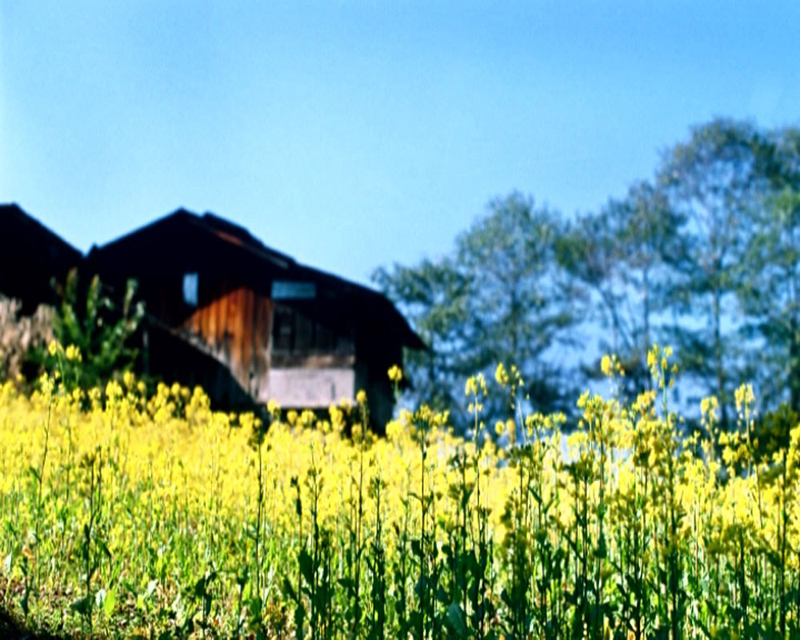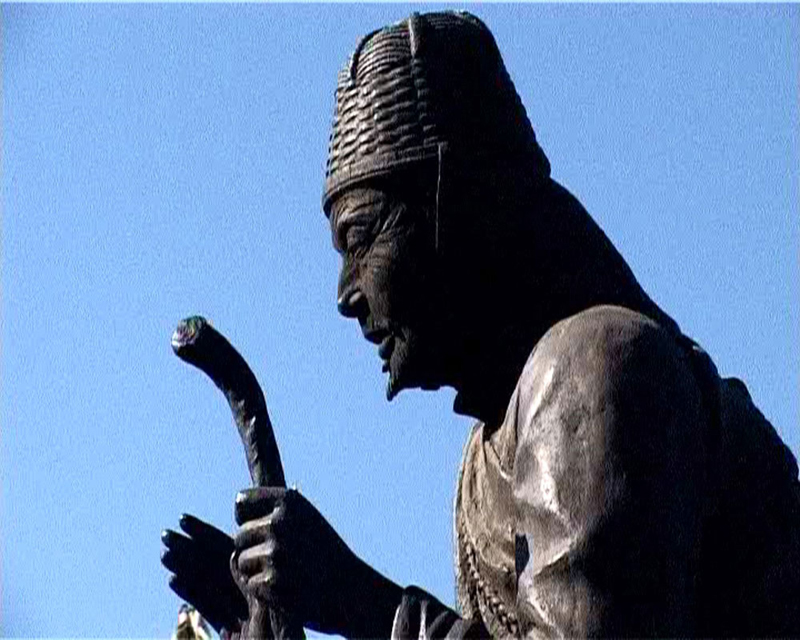Arghya Basu




Grant Period: Over one year
Arghya Basu received a grant from IFA in October 2005 to make a film exploring the cultural history of Tibetan Buddhism in Sikkim through the sacred dance theatre of Chham. Titled The Listener’s Tale, the film was completed in June 2007. Beyond the making of the film, The Listener’s Tale reflects Mr Basu’s long and intense association with Sikkim, which sets him apart from most documentary filmmakers who move into a context to shoot a film and move out when their work is done. The making of The Listener’s Tale has led to the idea of a triptych––a set of three films centred on Sikkim. From the early days of making The Listener’s Tale, Mr Basu has been particularly attentive to the counterpoint provided by the Lepchas (aboriginal inhabitants of Sikkim) to Tibetan Buddhist narratives and practices. The idea of making more than one film emerged primarily out of the need to give space to specific characters and places that could not be contained and explored within the epic framework of The Listener’s Tale.
The Lepchas believe that they are on an endless journey to unite with their ancestors. On the way to this utopia, they imagine that one becomes a mountain––a witness to the endurance of the human soul and its struggle to invent an imaginary homeland in the absence of historical narratives about a Lepcha home. Arghya Basu’s second film, tentatively titled Mount Witness, will focus on the gradual transformations in the landscape and its earliest inhabitants, the Lepchas. Mount Witness is envisaged as a more intimate film than The Listener’s Tale. At the centre of the film is Sonam, not as himself, but as the symbol of a transition from oral to written historical traditions. Sonam’s stories, Mr Basu observes, provides older connections between Sikkim and Tibet than any documented official history. For instance, the Tibetan script, according to Sonam, has Lepcha contributions. To the historian, Saul Mullard, these are invaluable instances of Lepcha resistance to the Tibetan appropriation of Sikkim.
The final film of the trilogy, tentatively titled Death Life, Etc., is conceived as a travelogue in space and time that investigates the relationships between human existence, geographical and social landscape, and the relevance of contextual meaning. Set in the remote village of Lachen, the film will focus on a local youth, Jigme Norbu Lachenpa, who inhabits a fractured world where tradition and modernity are in constant dialogue. Jigme is an assistant engineer developing civil projects in the countryside while the world of his imagination is informed by mountain lore. Death, Life, Etc. is envisaged as a chronicle of the passage of seasons over empty spaces and scattered inhabitants. The film will also dwell on the trivial, the anecdotal and on the everyday life underlying the Buddhist grand design––Jigme’s storyteller ancestors, his local friends, memoirs of old residents, aspirations of the youth, festive community gatherings and so on, against the backdrop of a wilderness where nature is at war with itself.
It is expected that the trilogy, when complete, will not only offer new ways of looking at the cultural history of Sikkim, but significantly push the boundaries of documentary filmmaking in India.
